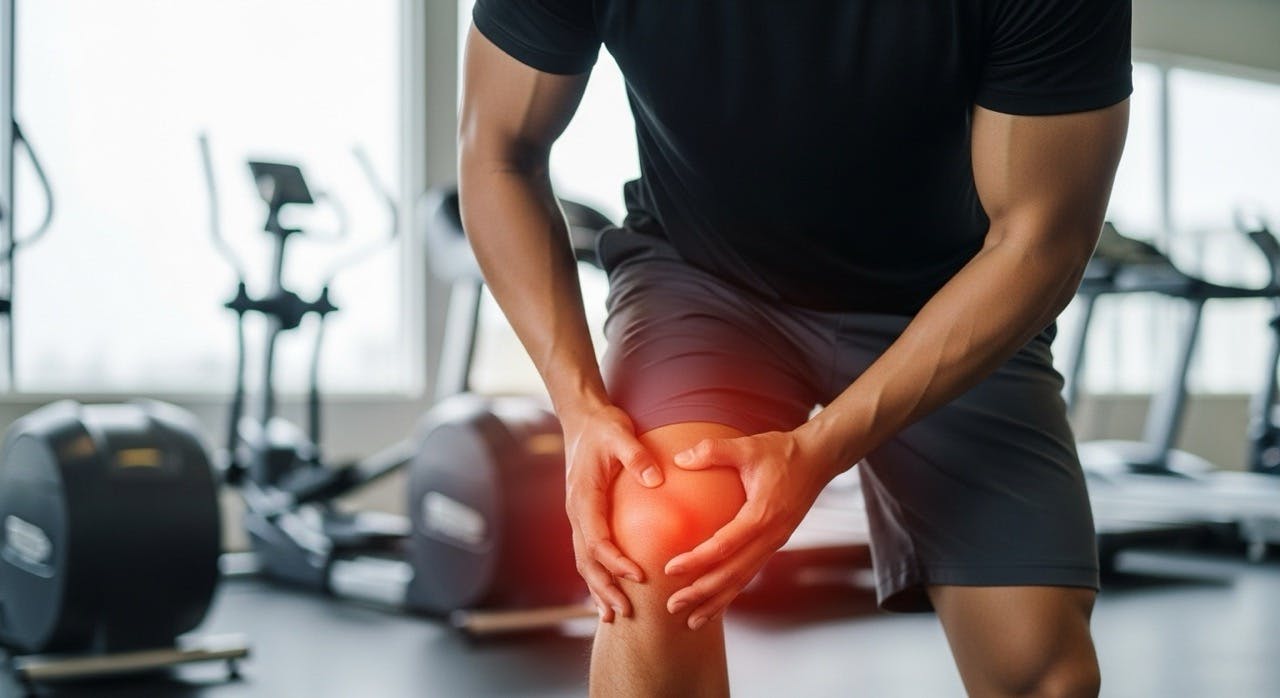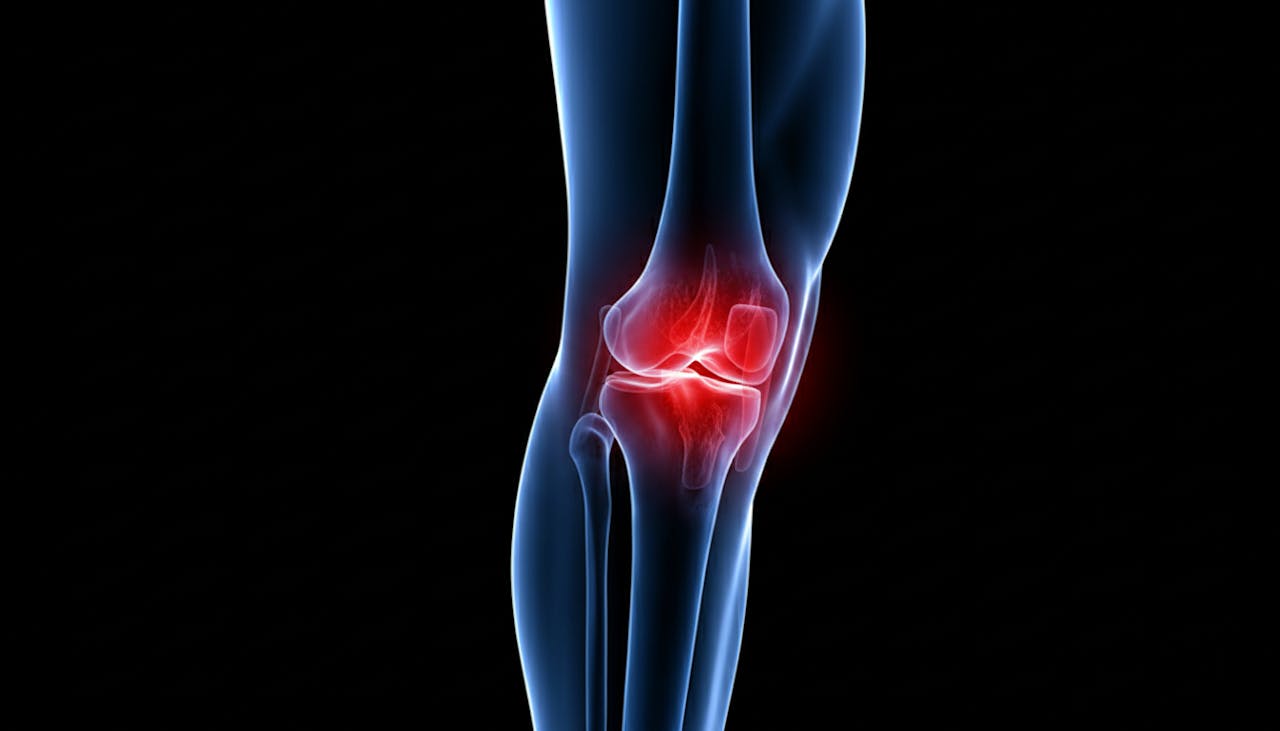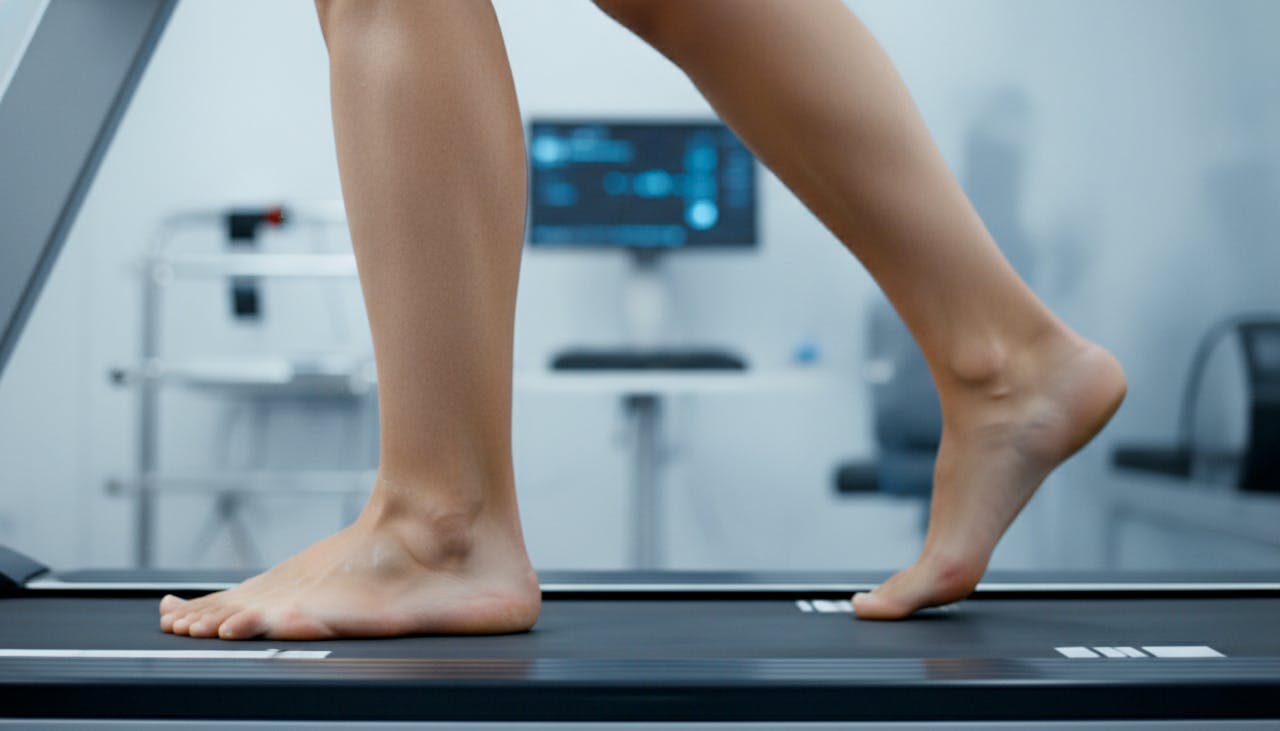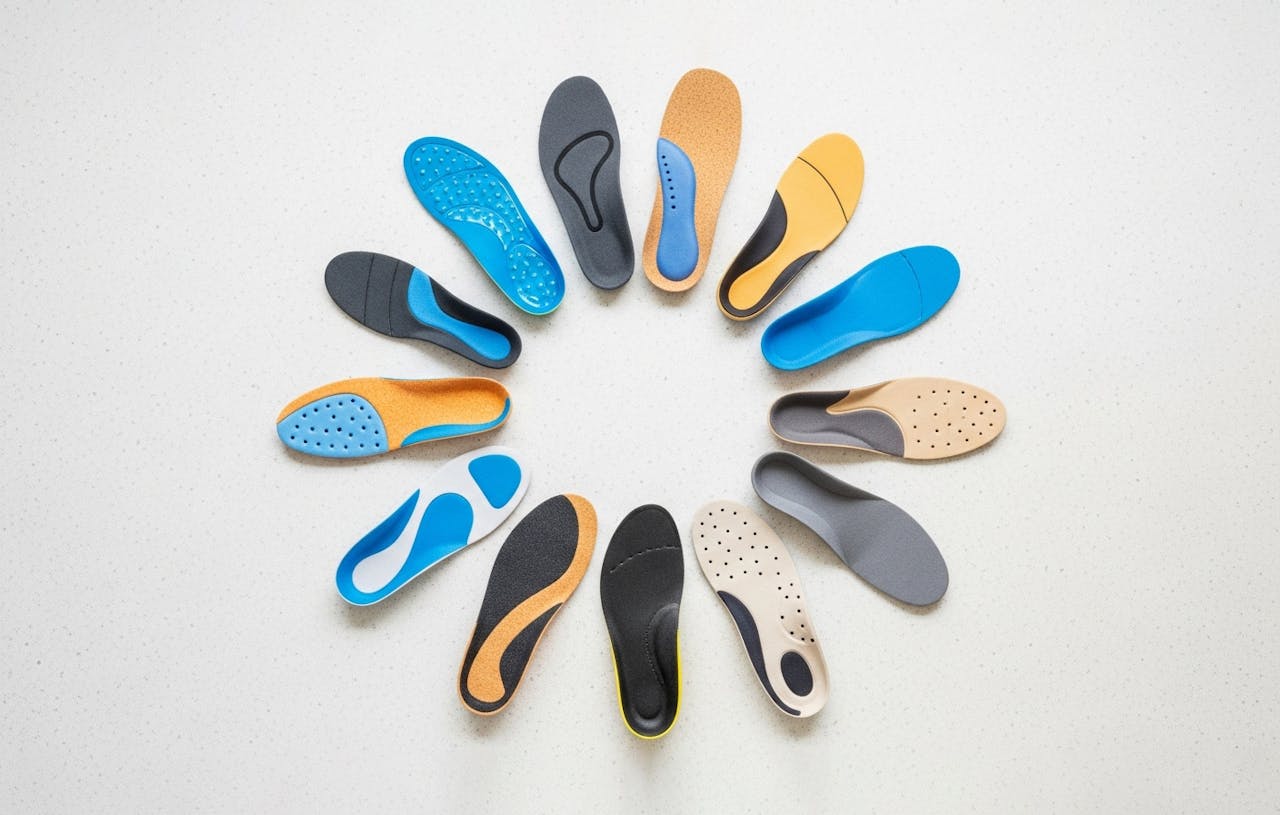
Bone Bruise (Subchondral Edema)
A bone bruise is a painful injury involving microscopic damage and fluid build-up inside a bone, usually resulting from high impact or repetitive overload, which requires significant time and rest to heal.
Overview
What is it?
Unlike a regular bruise on the skin, a bone bruise (medically termed subchondral oedema when it occurs just below a joint surface) happens deep inside the bone itself. It represents a stage of injury between normal bone and a complete fracture. It involves microscopic cracks in the internal honeycomb structure of the bone (trabecular bone), causing blood and fluid to accumulate within the rigid outer shell of the bone.
How common is it?
Bone bruises are very common but often undiagnosed without advanced imaging. They frequently occur alongside other acute injuries—for example, roughly 80% of ACL tears in the knee also have an associated bone bruise. They are also increasingly seen as overuse injuries in distance runners.

Symptoms & Causes
What are the symptoms?
The primary symptom is persistent, deep pain that is significantly worse during weight-bearing activities. Unlike soft tissue injuries that might feel better after a few days, bone bruise pain can linger for weeks or even months. You may experience swelling and stiffness in the nearby joint.
What does it feel like?
Patients often describe it as a dull, deep "toothache-like" throb inside the limb, rather than sharp surface pain. It may feel surprisingly painful to touch firmly over the bony area, even if there is no visible bruising on the skin.
What causes it?
- Acute Impact: A direct hard blow to a bone (e.g., a football tackle or falling onto a hard surface).
- Compressive Force: Jamming two bones together, such as landing heavily from a jump with a straight leg.
- Rotational/Shearing Force: Severe twisting injuries (like complex ankle sprains) can cause bones to collide internally, causing bruising.
- Repetitive Overload: Chronic excessive force from running on hard surfaces, especially if biomechanics are poor, can cause a stress reaction that is effectively a bone bruise.
Some health conditions can include:
- Osteoarthritis: Chronic bone bruising (bone marrow lesions) is often seen in arthritic knees where the protective cartilage has worn away, increasing stress on the bone beneath.

How is it Diagnosed?
Diagnosing a bone bruise can be frustrating for patients because it often does not show up on standard initial tests.
What tests are used to diagnose it?
- X-rays: Bone bruises do not show up on standard X-rays, as the bone hasn't fully broken. X-rays are used only to rule out a complete fracture.
- MRI Scan: This is the gold standard and usually the only way to definitively confirm a bone bruise. The MRI can "see" the fluid (oedema) inside the bone.
- Physical Examination: At Foot Factor, we may suspect it if you have pinpoint tenderness directly on a bone that is disproportionate to any visible swelling, especially if your pain isn't improving as expected after a simple sprain.
Foot Factor provides Expert Podiatry Treatment Tailored to You.
At Foot Factor, our podiatrists specialise in diagnosing and treating foot pain with precision and expertise. With advanced gait analysis, bespoke orthotics, and sports-focused podiatry care, we don’t just identify the problem—we provide a targeted solution to get you back to moving pain-free. Book a consultation today and take the first step toward lasting relief.

How is it Treated?
Healing a bone bruise is a slow process because bones have a relatively poor blood supply compared to muscles. Patience and strict adherence to "offloading" (taking pressure off the area) are essential.
- Offloading (The Key to Recovery): The bone cannot heal if it is constantly being hammered by impact. Treatment often involves:
- Immediate: Rest and potentially the use of crutches or a protective walker boot for a short period in severe cases.
- Activity Modification: Completely stopping high-impact activities (running, jumping) until daily walking is pain-free.
- Specialist Orthotics: This is a crucial part of our treatment, especially for overuse bone bruises. If poor mechanics (like high rigid arches that don't absorb shock, or flat feet that cause rotational stress) caused the overload, we prescribe custom orthotics with specialised shock-absorbing materials to cushion the impact with every step you take.
- Footwear: Switching to maximalist, highly cushioned footwear to act as an external shock absorber while the bone heals.
- Nutritional Support: Ensuring adequate intake of Calcium and Vitamin D to support bone repair.
Our Bespoke Orthotics give you the Right Support for Long-Term Relief.
At Foot Factor, our podiatrists specialise in diagnosing and treating foot pain with precision and expertise. With advanced gait analysis, bespoke orthotics, and sports-focused podiatry care, we don’t just identify the problem—we provide a targeted solution to get you back to moving pain-free. Book a consultation today and take the first step toward lasting relief.
Related Articles
Find expert tips, advice, and insights to support your foot health and active lifestyle.


